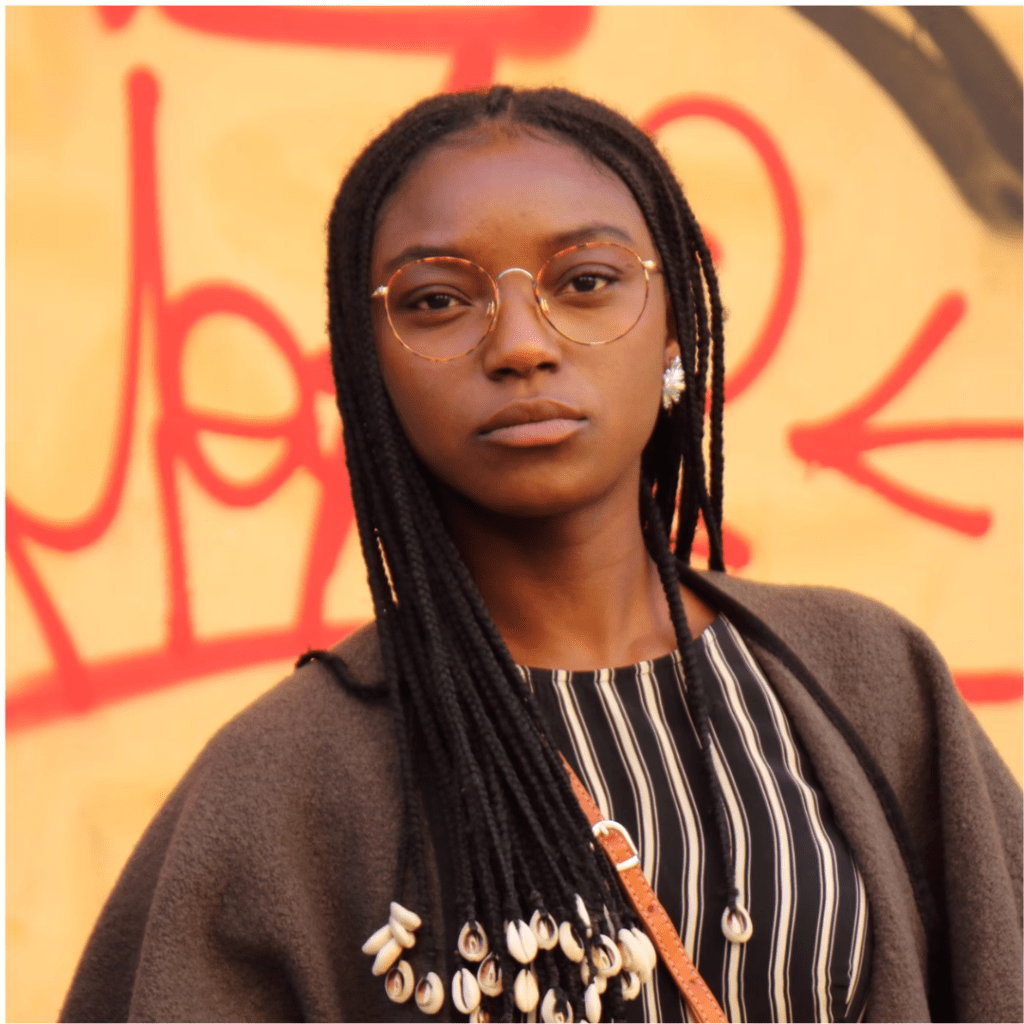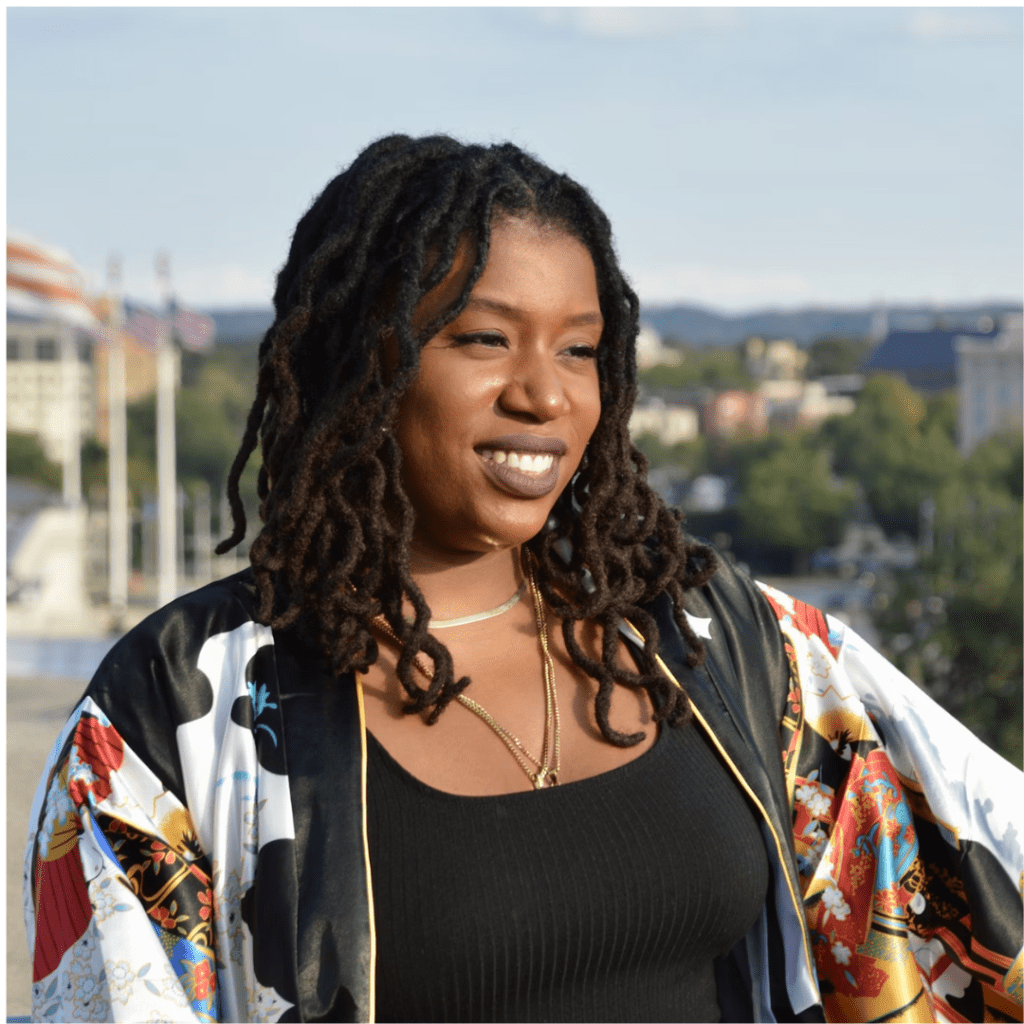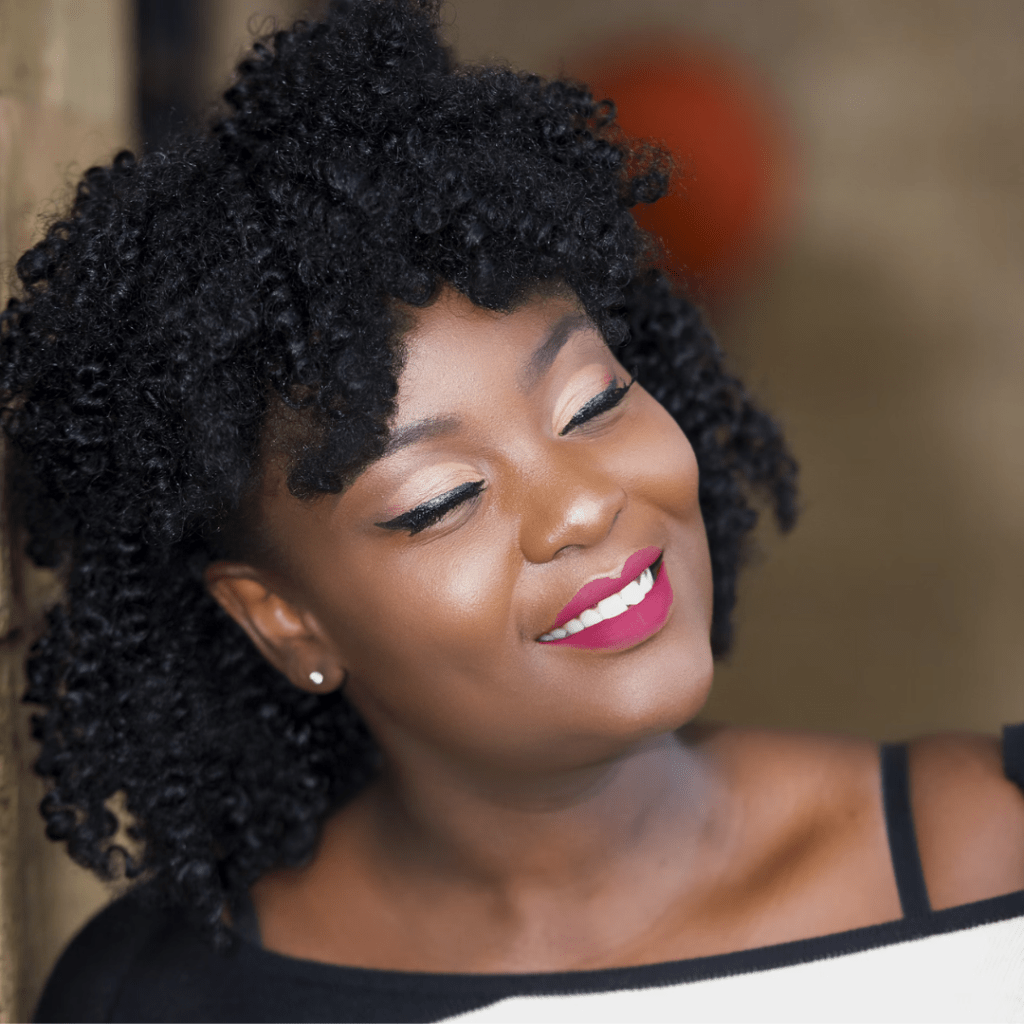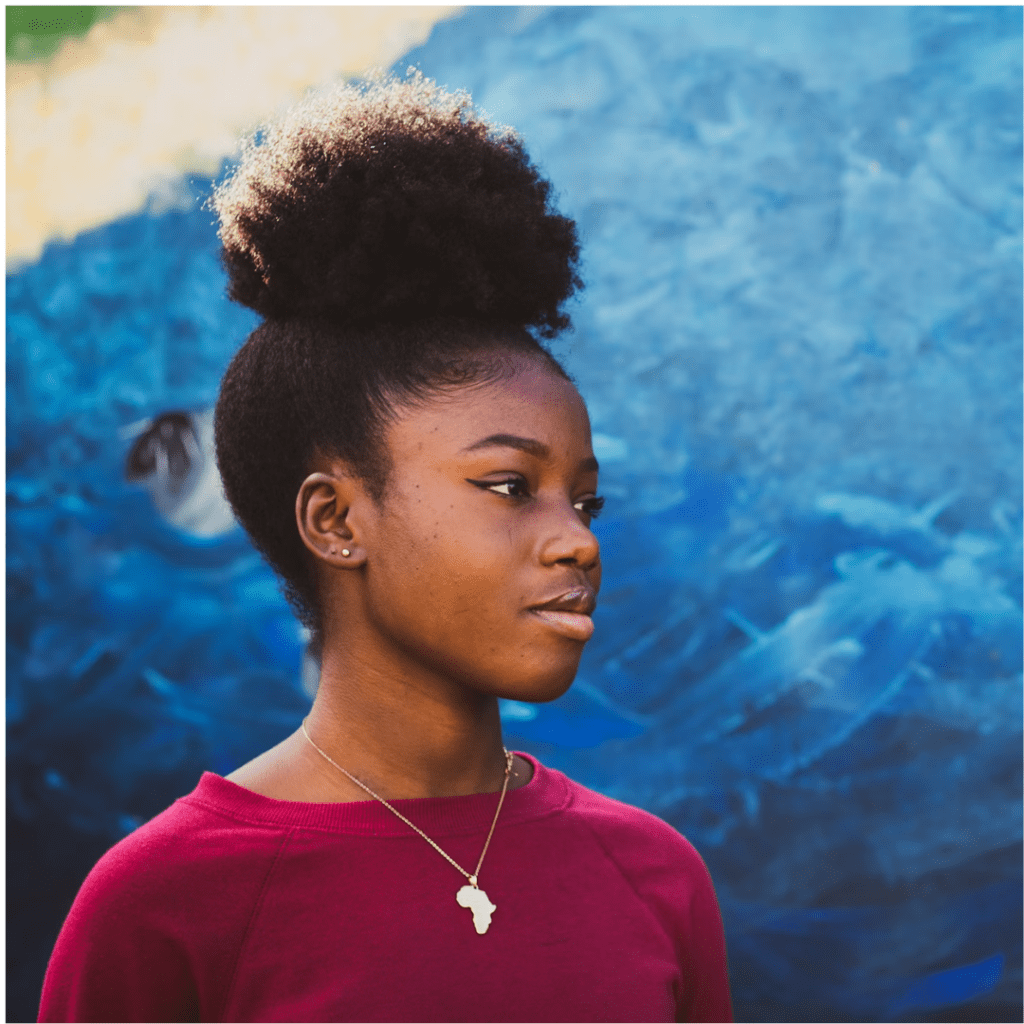Hair has always been more than just strands that grow from our scalps; it’s a symbol of culture, identity, and history. Nowhere is this truer than in the African Diaspora, where black hairstyles have been used as a form of expression, resistance, and celebration for centuries.
From intricate braids to bold Afros, the hairstyles of the African Diaspora tell a rich and diverse story of resilience and beauty. Let’s delve into the fascinating world of iconic hairstyles across the African Diaspora.
Braids: A Story Woven in Hair

Discover the rich tapestry of braiding, where strands intertwine to narrate tales of culture and tradition. From ancient origins to contemporary expressions, braids transcend mere aesthetics to encapsulate societal values and beliefs:
- Ancient Origins: Braiding boasts a long and distinguished history, dating back to ancient civilizations across Africa.
- Beyond Aesthetics: Braiding patterns weren’t just about style. They conveyed social status, marital status, wealth, and even religious beliefs.
- Examples: The Fulani people of West Africa used specific braid styles to denote a woman’s marital status, while intricate cornrows symbolized agriculture and prosperity, resembling rows of cornfields.
Dreadlocks: Coils Connected to Royalty

Embark on a journey through the intertwined history of dreadlocks, where strands of hair weave tales of spiritual significance and cultural resilience:
- A Timeless Tradition: Evidence suggests dreadlocks, also known as locs or coils, were worn by pharaohs and deities in ancient Egypt.
- Spiritual Significance: In Rastafari, a religious movement that emerged in Jamaica, dreadlocks symbolize a connection to the divine and a rejection of colonial oppression.
- Beyond Borders: Dreadlocks hold cultural significance for various communities across the African diaspora, representing strength, resilience, and spiritual connection.
The Afro: A Celebration of Black Identity

Experience the cultural resonance of the Afro, a symbol of defiance and pride that emerged during pivotal moments in history, shaping perceptions of Black beauty and identity:
- A Symbol of Power: The Afro, with its voluminous crown of natural hair, became a powerful symbol during the Black Power movement in the 1960s and 70s.
- Rejecting Eurocentric Standards: It was a defiant rejection of Eurocentric beauty standards and a celebration of Black features and natural hair texture.
- Empowering Icons: Iconic figures like Angela Davis and singer Nina Simone sported the Afro with pride, inspiring a generation to embrace their natural beauty.
Beyond Styles: A Legacy of Resilience

Explore the profound significance of hairstyles beyond mere aesthetics serving as tools of resistance and markers of cultural identity amidst adversity:
- Hair as a Resistance Tool: During the era of slavery, complex braiding patterns using braiding hair were used as a form of resistance. Enslaved people would map escape routes on their heads, hidden within intricate braids.
- Fighting for Acceptance: In recent times, Black hairstyles have faced societal prejudice and workplace discrimination. The CROWN Act, a legislative movement, aims to create legal protection for natural hairstyles, recognizing their cultural significance.
The Evolving Canvas of Black Hair

Witness the dynamic journey of Black hairstyles, a testament to creativity and cultural expression, as they adapt to modern influences while honoring age-old traditions:
- A Constant Evolution: The beauty of Black hairstyles lies in their ability to constantly evolve. Communities worldwide draw inspiration from tradition while incorporating modern trends.
- Social Media Stage: Social media has become a vibrant platform for hairstylists and enthusiasts to showcase their creativity. New braiding techniques, bold color choices, and innovative styles continue to emerge and gain popularity.
Global Inspirations, Local Expressions:
Explore the far-reaching influence of African hairstyles, weaving a tapestry of cultural fusion and celebration across continents and communities:
- Beyond Africa: The influence of African hairstyles extends beyond the continent, impacting Black communities worldwide.
- Cultural Fusion: In the Caribbean and the Americas, hairstyles like dreadlocks, cornrows, and twists have been reinterpreted and integrated into local cultures, creating unique styles that blend tradition with local influences.
- Celebrating Diversity: Recognizing the diverse hairstyles and their cultural significance across the African diaspora fosters a deeper understanding of the shared history and vibrant tapestry of Black communities.
Hair Care: Nurturing the Crown:
Delve into the time-honored rituals and modern innovations that contribute to the health and vitality of Black hair, cherished as a symbol of heritage and pride:
- Traditional Practices: Throughout history, Black communities have developed specific hair care practices and techniques to maintain healthy and thriving hair.
- Natural Ingredients: Shea butter, coconut oil, and other natural ingredients have been used for centuries to nourish and protect hair.
- Modern Routines: Today, a wide range of hair care products and techniques cater to the specific needs of different hair textures and styles.
Conclusion
Beyond their cultural significance, Black hairstyles offer a unique canvas for self-expression and creativity. From intricate braids and bold twists to voluminous Afros and sleek bobs, Black hairstyles encompass a vast spectrum of styles that cater to diverse preferences and occasions. This inherent versatility allows individuals to showcase their individuality and cultural heritage, fostering a sense of empowerment and community.
Furthermore, appreciating Black hairstyles fosters a deeper understanding of the ongoing cultural exchange and adaptation within the African diaspora. Hairstyles like cornrows, for instance, can be traced back to ancient African civilizations and continue to be embraced by Black communities across the globe, albeit with regional variations.
By recognizing these connections, we gain insights into the enduring traditions and the dynamic cultural exchanges that continue to shape Black communities worldwide.











